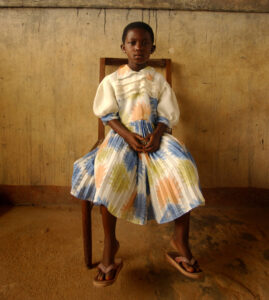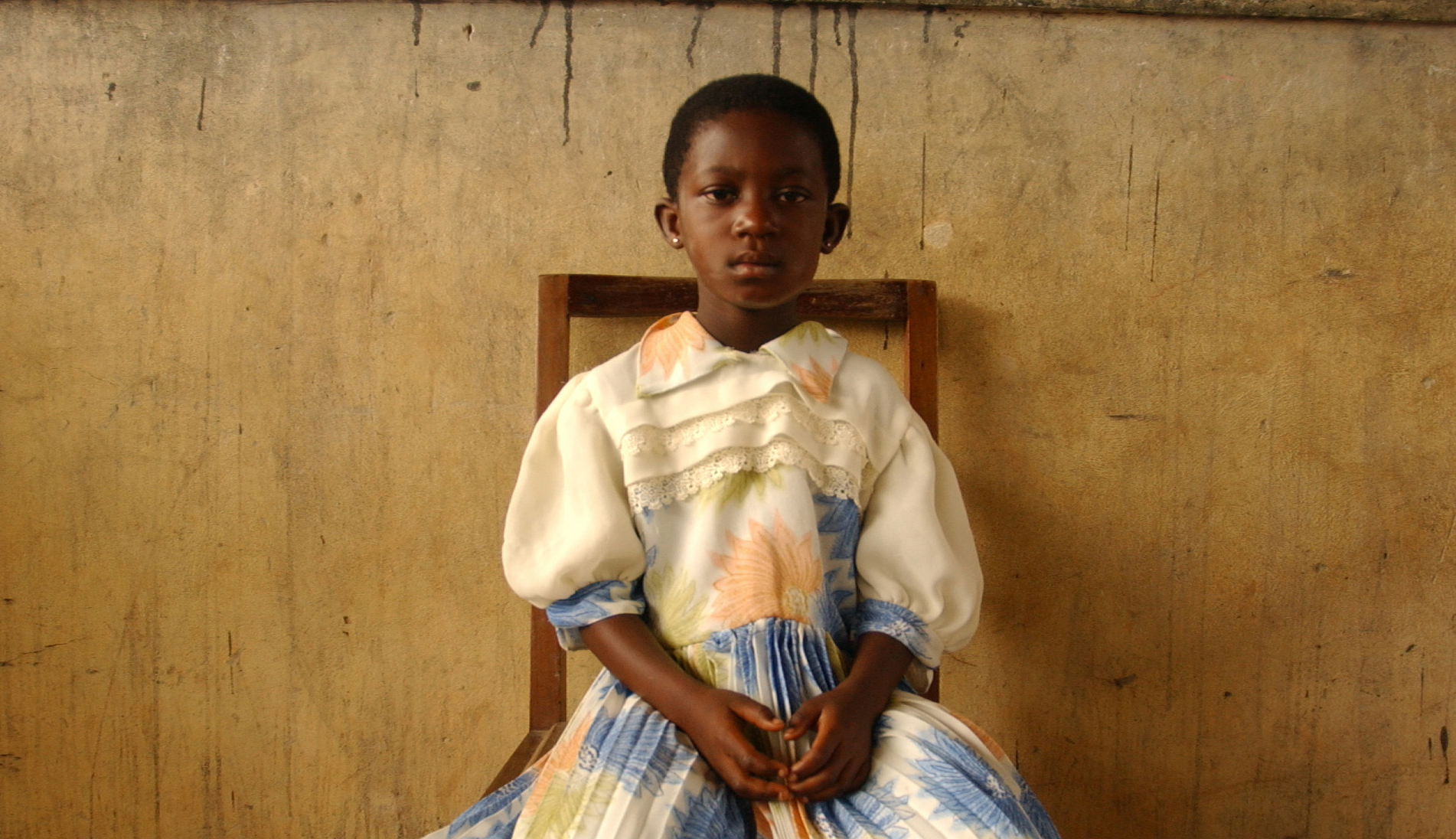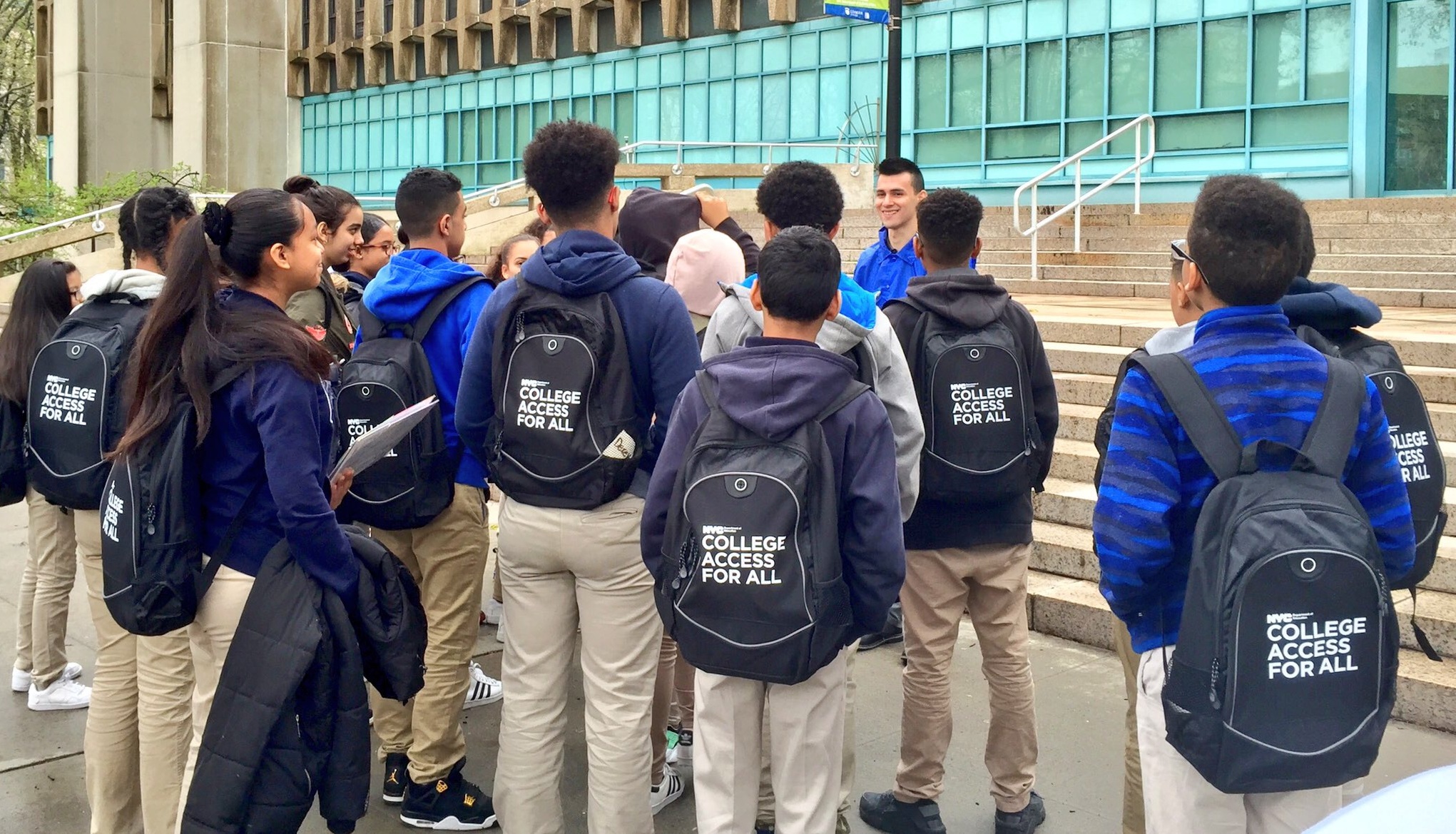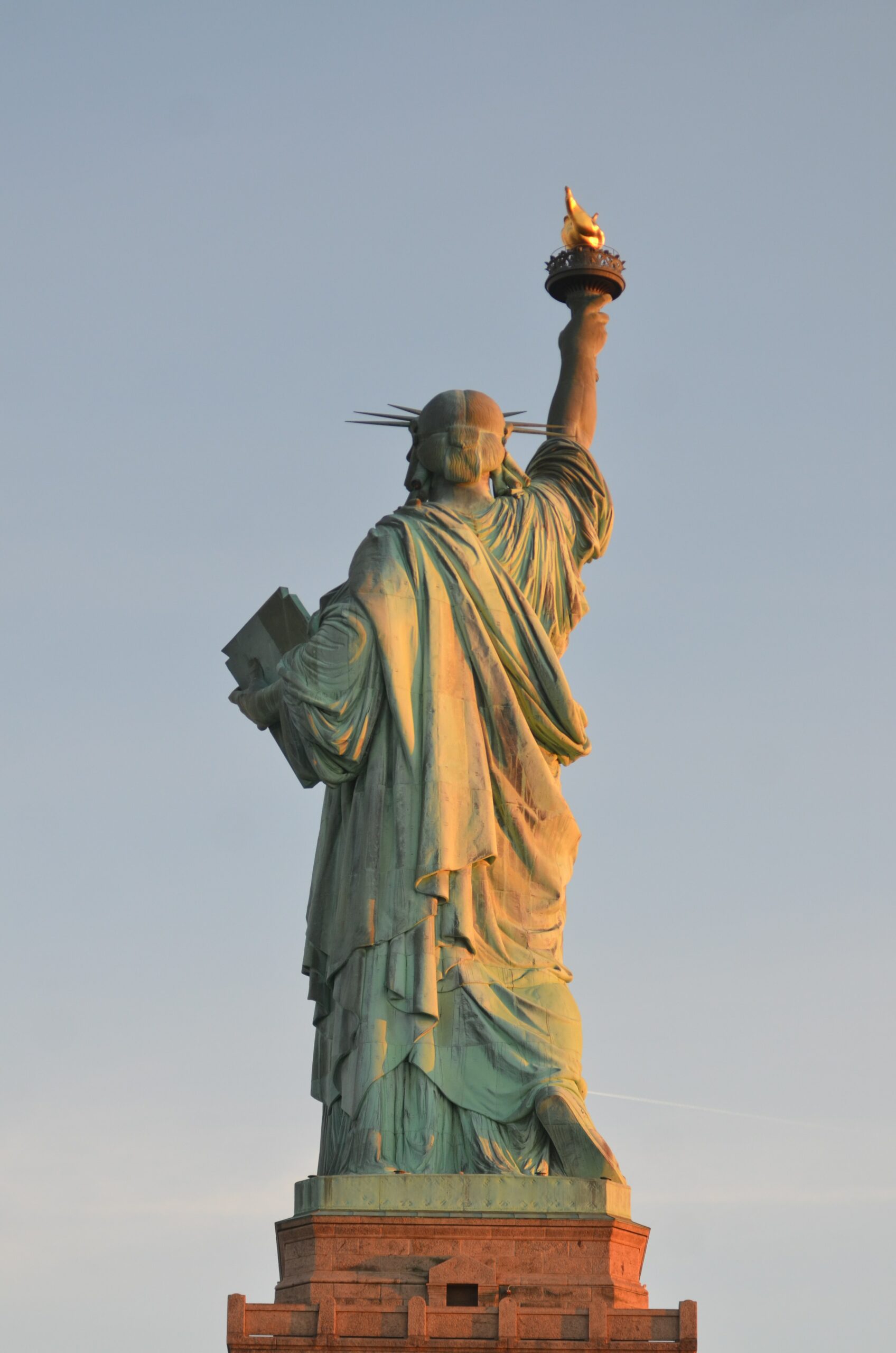To help young writers learn to engage a reader, Teachers & Writers Collaborative teaching artist Arhm Choi takes a different tack: old fashioned letter writing. In this multi-modal lesson, young writers focus on what makes a detail compelling—and what brings writing alive—all while highlighting the idea of writing as a lasting form that merits attention and focus.
Lesson Overview
Genre(s) taught: Poetry, Letters
Grade(s) taught: 7th grade
Workshop Objective:
To discern what is and is not a compelling detail. To communicate the idea that writing lasts beyond us and thus requires attention and awareness.
Common Core State Standards:
(Refer to the Anchor Standards for Writing at www.corestandards.org/ELA-Literacy/CCRA/W)
- CCSS.ELA-LITERACY.W.7.3
Write narratives to develop real or imagined experiences or events using effective technique, relevant descriptive details, and well-structured event sequences. - CCSS.ELA-LITERACY.W.7.3a
Engage and orient the reader by establishing a context and point of view and introducing a narrator and/or characters; organize an event sequence that unfolds naturally and logically. - CCSS.ELA-LITERACY.W.7.4
Produce clear and coherent writing in which the development, organization, and style are appropriate to task, purpose, and audience.
Guiding Questions:
What events and people have shaped you? What about your neighborhood is unique and worth calling attention to? Who is someone that is interesting to write about? How do you want to be remembered?

LESSON
Introduction/warm-up activity (5-10 min):
I begin by connecting the lesson to something the students have already studied, fossils, and connecting it to the preserving the things that are important:
Your science textbook talks about how fossils are evidence of not only when and where organisms lived, but also how they lived. And if we want to preserve the way something lived, we need to protect it from scavengers and other agents of destruction.
So we are going to create a time capsule that is made out of the strongest metal and pressurized so that the insides don’t decay. Let’s imagine that 200 years from now, this time capsule will open and aliens are going to learn about what we ate, what we liked to do, what songs we listened to—all about us.
One of the things that we’re going to put into this capsule is a map of where we grew up, our neighborhood.
Things to put on it include:
Interesting characters
– the lady who sells churros
– the newspaper man
– the lady who yells at you if you step in her yard
– the baker who asks everyone how they’re really doing
Places where significant memories occurred
– where you first got up on your bike without training wheels
– a birthday party that was awesome
– where you and your best friend made that special promise
– the place where you and your parents had a really good time
– the place where you lost your tooth
– your favorite place to eat
Community Places
– the coffee shop where everyone goes to
– the restaurant that’s always packed on Sundays
– the best place to buy video games, or buy new shoes
– where people go to get their news and gossip, like the hair salon or the diner
Main activity (20-25 mins):
- Have students draw the map itself. They can let loose on this, figuring out how to connect things, how to represent people and places, how it all fits together. Give them about five minutes to do this.
- Play a recording of the poem “Home,” by M. Ayodele Heath. (It can be found here.)
- Discuss the poem—what did students like and not like? What stood out? What details were memorable and/or important? Why?
- Have the students use the map they drew to help brainstorm about the most vivid things in their neighborhoods. Then, have them write a letter to people in the future about their neighborhoods—they should include at least one significant place and one character. Give them about 10 minutes to do this.
Closing (5 mins):
Students can share either their map or their poem with the class.
Materials:
Unlined paper for map-making; writing utensils.
Vocabulary:
Character, details, fossils, epistolary
Multi-modal approaches:
This lesson appeals to many intelligences: including spatial, through visual art and pictures (map-making); interpersonal, through class discussion; and linguistic, through the use of words and reading aloud.



